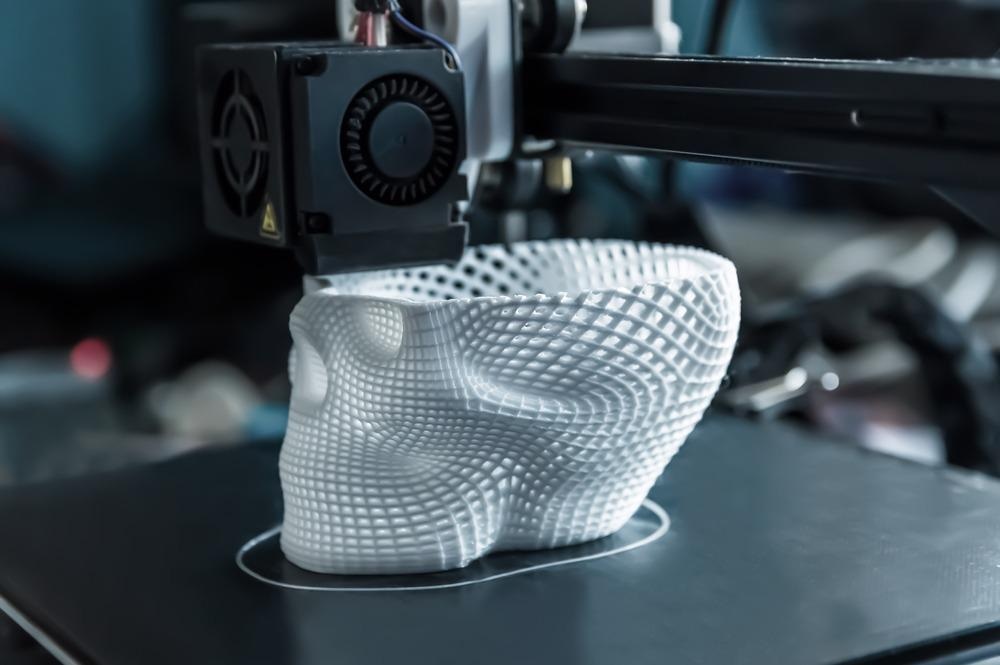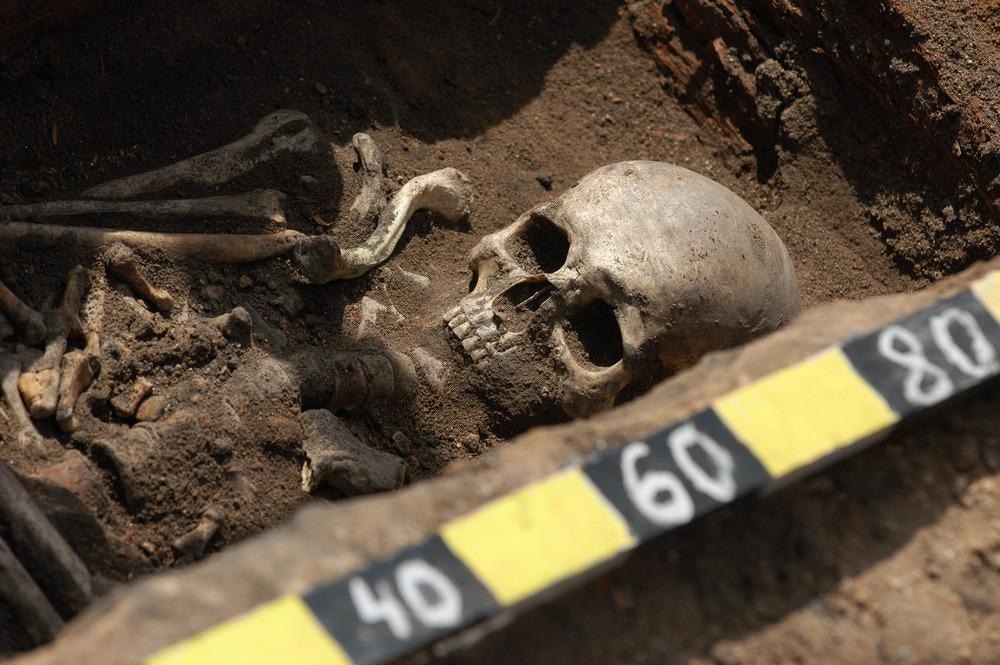While 3D printing has been around since the 1980s, it has only recently been adopted by the field of forensics. Over the past decade, as 3D printing technology has drastically fallen in cost and the size of 3D printers has reduced, the technology is now more accessible to a wider range of scientific fields where it is now being leveraged into new applications.

Image Credit: Olga Ilina/Shutterstock.com
The potential applications for 3D printers in the field of forensic science are vast. Currently, scientists are developing the use of 3D printing in crime scene investigation, courtroom presentation of evidence, analysis and interpretation of materials, facial reconstruction, and more.
Here, we discuss the major applications of 3D printing in forensics as well as take a look at how this may develop in the future.
Ballistic reconstructions
Conventional forensics methods demonstrate the estimated path of a bullet from its source to its endpoint using the probe and string method, or, more recently. with lasers. Developments in bullet trajectory have led to the establishment of digital imaging techniques that can develop a virtual crime scene to help understand a sequence of events.
At this point, 3D printing has not been adopted by ballistic reconstructions although there is an opportunity to take advantage of it to generate 3D, physical replicas of ballistic trajectories as an alternative visual source.
Crime scene reconstruction
3D printing can be used to reconstruct crime scenes to help visualize what happened. Physical models can be created to demonstrate the position of objects and people, which might be key to understanding the course of events, and to determining exactly what happened. These physical reconstructions may be useful in courtrooms, to provide an alternative visual aid to describe the scene.
Facial reconstructions
Forensic facial reconstructions have long relied on physical, 3D reconstruction methods to develop a physical likeness of the person for whom the skull and potentially a few other pieces of evidence point to who they were. Traditionally, clay and plaster have been used by facial reconstruction teams to create 3D faces based on a real skull.
Now, 3D printing is helping to improve this method by creating 3D printed skills produced from digital models. Currently, facial reconstructions are generally not admissible in court, however, they can be incredibly valuable to aiding police investigations, gathering information, and leading to identifications of unknown bodies.
Pattern impression and evidence
3D printing has become very valuable to police investigations where the weapon used to cause injury is unknown. Often, there are clues left behind, such as marks to objects as well as the injuries themselves. 3D printing is being used to create hypothetical weapons and reenact the scene as it was theorized to happen. Scientists can then compare the real scene with the one reenacted with the 3D printed weapon, this helps them understand if the weapon they created could be similar to the real one. A similar method is used in forensic archeology for understanding what tools were used by previous civilizations.
Forensic archaeology
3D printing is currently not often used in forensic archaeology, however, it has the potential to boost traditional forensic archaeological practices. For example, it can provide a useful way of visually demonstrating how objects may have originally looked before they were destroyed.

Image Credit: Bork/Shutterstock.com
Forensic medicine
Forensic medicine is beginning to rely heavily on 3D printing as a teaching aid. The 3D printing of anatomy, for example, provides excellent visual representations of the relationship between lesions and bone, which can help students learn. Additionally, 3D printing anatomy can also help improve the knowledge and skills of trained medical staff such as surgeons.
Forensic anthropology
Outside of medicine, forensic anthropology is the field of science that is currently making efforts to fully explore the capabilities of 3D printing. Visual analysis is key to anthropology, so 3D printing is unsurprisingly being picked up by this sector.
When combined with volumetric imaging, 3D printing can create physical replicas of internal bony structures that would usually be hidden from view. With 3D printing, they can be made visible for analysis.
Additionally, as 3D printed models begin to replace tractional cast models more and more frequently, a new standard of illustrative models based on 3D printing may be established.
Challenges to 3D printing in forensics
3D printing has a wide range of applications within the field of forensics, some of which are already being vigorously explored, and others remain in the theoretical stage. Before the full potential of 3D printing in forensics can be realized, there needs to be more empirical research around 3D printing in the forensic sciences to support its efficacy. This is particularly important for its use in criminal investigations.
It is likely that in the coming years, research will continue to develop the applications of 3D printing in forensics, as well as to collect empirical evidence to secure its future role in this field.
Sources:
- Carew, R. and Errickson, D., 2020. An Overview of 3D Printing in Forensic Science: The Tangible Third‐Dimension. Journal of Forensic Sciences, 65(5), pp.1752-1760. https://onlinelibrary.wiley.com/doi/full/10.1111/1556-4029.14442
- Jani, G., Johnson, A., Marques, J. and Franco, A., 2021. Three-dimensional(3D) printing in forensic science–An emerging technology in India. Annals of 3D Printed Medicine, 1, p.100006. https://www.sciencedirect.com/science/article/pii/S2666964121000011
- The Next Generation of Crime Tools and Challenges: 3D Printing. [Online]. NIJ. Available at: nij.ojp.gov/.../next-generation-crime-tools-and-challenges-3d-printing (Accessed 5 October 2021)
Further Reading